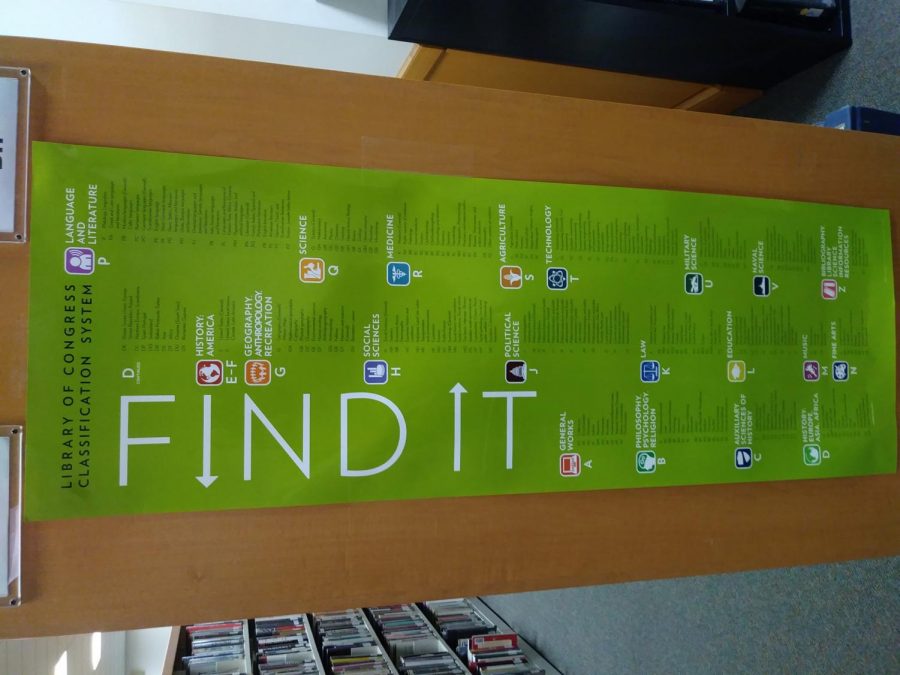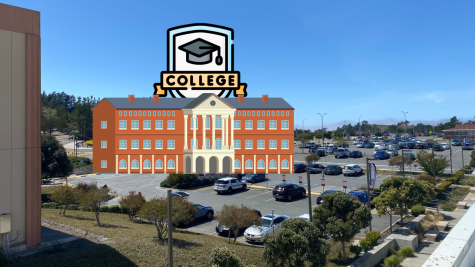Libraries get an upgrade
Libraries have come to use technology to expand their data on multiple topics allowing students to have the information they need at their fingertips.
“I think technology has made researching more exciting because of the abundant amount of resources available,” said JoAnn Fujikawa, who is certified in Library Science.
It is faster and easier for librarians and the public to access documents and data from the past.
“Libraries of the past had card catalogs to look up every book on the library’s shelves and each card had to be individually typed—a very time-consuming task for the staff,” Fujikawa said.
Skyline college student Michaela Giles said that even though she knows how to look for books, she hasn’t checked one out yet.
“I basically go to [the library to] finish assignments for class,” Giles said.
Books, computers, and a quiet space aren’t the only resources that a library offers. With technology, librarians including Skyline librarian Valeria Molteni have connected and helped students in a new way.
“Nowadays, we are not [only] meeting our students at the reference desk but also through the information literacy sessions, chat services and emails. These alternatives provide more spaces of interaction and we can offer a better service.” Molteni recollected.
On Skyline College’s library website, students can chat with a librarian if they have questions about resources or if they just need some extra help. This has allowed students to interact with librarians through the internet—a possibility that wasn’t available a few decades ago.
With the expansion of data and speed that technology brings into libraries, Skyline College offers a workshop that teaches students how to use its unique search engine, SuperSearch, putting any information at a student’s fingertip.
In order to use SuperSearch students don’t even need to be on campus. They can use their library card number, allowing them access anywhere.
“More students are accessing library catalogs online rather than physically going to the school library,” Fujikawa said.
“Only 44 percent of Americans visited a local library or bookmobile. Three years earlier 53 percent of Americans had visited a library or bookmobile,” reported a Pew Research survey that was conducted in 2016.
Voicesforthelibrary.org states that libraries are important for numerous reasons. First, it is a place for the community to interact. Second, libraries provide resources for those who do not have access to them at home.
“Public libraries have evolved along with technology in order to offer more tech-based services,” Fujikawa said.
People go to libraries for more than just books now. They can go and use the computers for free as well as the specialized search engines that allow them to look for almost anything. Libraries’ use of technology is one way to draw in patrons as well as provides free resources to students who may not otherwise be able to access them.













